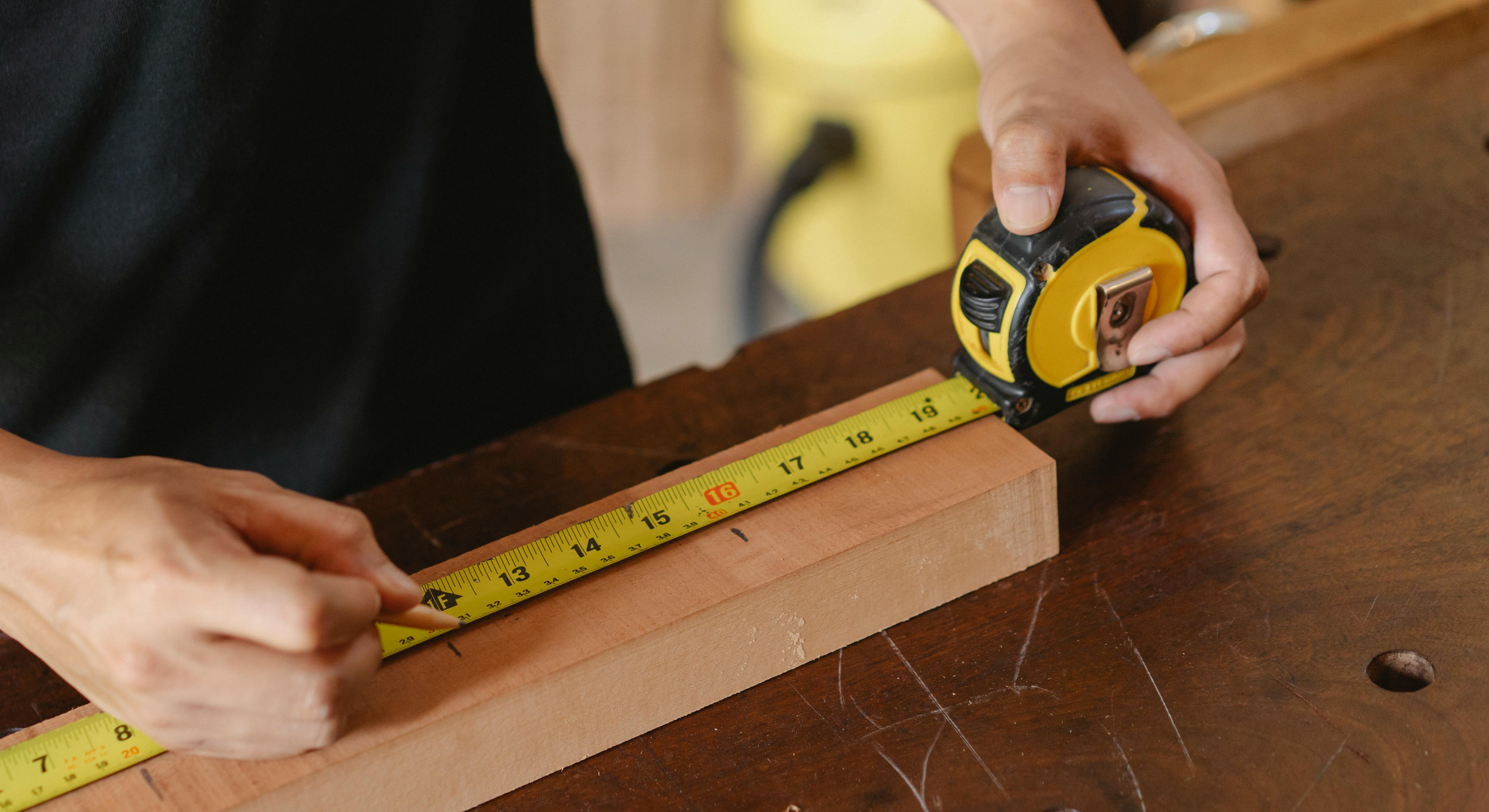The anatomy and physiology of the human body are very closely related medical sciences that are usually taught together. In simple words, anatomy is actually the study of the physical structure of the human body, on the other hand, physiology deals with the explanation of the functions of specific organs along with the systems within man. In a broader aspect, anatomy clarifies the structure while physiology describes the function of the human body. Knowledge of human anatomy is important for review of physiology. Likewise, an understanding of physiology is important for those who prefer to discover how anatomical structures work. Therefore, it is visible that both branches of science are closely interrelated and both must be learned and understood side by side.
Both anatomy and physiology had been learned over a long period of time. Humanity has generally remained curious about how they and other living things are structured and how they perform functions. Many people throughout history have also taken seriously reviewing and contrasting distinctive living things to look for parallels and recognize discrepancies.
Anatomy research focuses on understanding the specifics, outline, and location of the different parts of the human body. With a constant emphasis on dissection, the examples are diligently cut away to reveal the internal structures. Physical aspects of the structures of the human body are often recognized without the aid of any instrument with the naked eye, or viewed with the magnification of a special instrument known as a microscope for more detail. Through the course of action of dissection, students can diligently record everything they find and see how the systems of the human body come together. An imperfect understanding of anatomy can result in great confusion for medical students, as an understanding of anatomy is a necessary component in mastering disease progression.
Anatomy can be thought of as a static study, while physiology is much more dynamic, with respect to the chemical, physical, and electrical systems that make an organism function, from the operations that control the rate of the heartbeat to the elaborate systems involved in visual perception. To study physiology, you usually need to work with living bodies or organs to fully perform physical functions, for example, the release of neurotransmitters within the brain and the storage of energy in cells. Both anatomy and physiology could be analyzed with the help of dissection and clinical investigation of biological materials of specimens.
Medical students understand anatomy and physiology extensively throughout their education, so they really know how the human body works as a whole and how the various systems within the human body are related to each other. These medical sciences also form a topic of attention for people in various health-related careers, including X-ray experts who must have a methodical understanding of anatomy to do their jobs.
The structure and function of your body parts are intentionally connected to each other and basically, the study of one of them is incomplete without the other. Since the content of anatomy is structure and the subject of physiology is function, it is clearly comparable to say that anatomy and physiology are closely connected with each other and the study of only one of them is incomplete without the other. Despite the presence of a close relationship, it is always expected to maintain a boundary between the two considering that both fields are incredibly broad and studying both at the same time is a difficult process.



Recent Comments